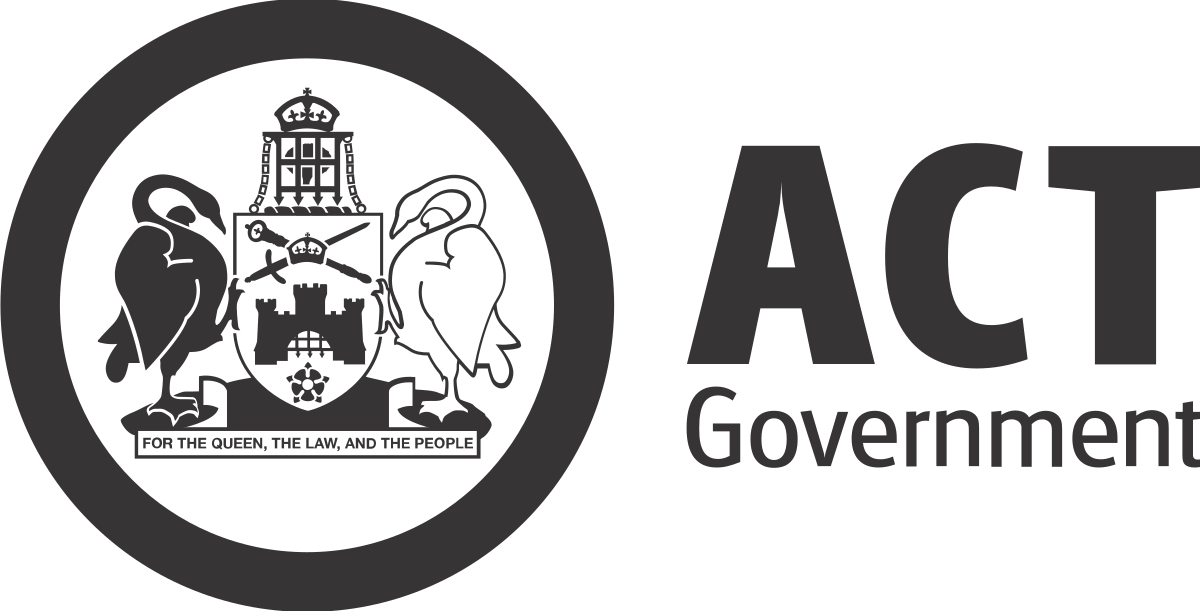Without a doubt, one of the most important pieces of infrastructure in a Strata Building is its sewer, potable, and stormwater pump stations.
Dual Pumps vs Single Pump Stations
In all pump stations, the theory behind having Dual, or in some cases even triple, pump stations rather than single pumps is to provide redundancy.
There are two primary benefits of a multiple pump system as opposed to a single pump system.
1. As the costs and inconvenience can be so high in the event of a failure, having a second pump on standby removes the weakest link of single-point failures in your pumping system significantly reducing the likelihood of a breakdown providing the system is regularly serviced/maintained.
2. Reduced wear and tear on the pumps. With a smart controller, the Primary Pump (pump to turn on first) and the Secondary Pump (pump to turn on if the primary is not keeping up with demand) rotate. This provides even wear on both pumps and also optimises the motor as neither motor is running constantly in high demand times.
3. Reduced ongoing maintenance costs. Knowing the system has this redundancy built into it the frequency of servicing can be reduced. Whilst every pump out well is different and should be assessed based on its own requirements/demands, by installing dual pumps you may change your servicing requirements from monthly or bi-monthly to quarterly or even ½ yearly. This can add up to thousands of dollars per year pending on your site’s requirements.
Sewer Pump Stations
Sewer pump stations are generally located either on the first floor of a basement carpark or the bottom floor, however, they can be installed in an array of other locations as well.
They are used when it is not possible to have the sewer make its way to the Icon Water sewer mains using gravity alone.
The sewer pumps are usually submersible Grinder pumps, which chop up then grind the solids to a liquid and pump the water back up to a height where gravity can take over and the wastewater can be delivered to the sewer main.
If sewer pumps completely fail, your basement will flood with sewage. In a sewer flood such as this, the cost of repair can be significant, far beyond the cost of quality pump maintenance by proffeshonals that know what they are doing.
Additional costs that can be incurred during a sewer flood due to failed pumps include
- The hydro truck’s to pump out spilt sewage plus the cost for this to be disposed of at the tip
- Basement cleaning and sterilisation
- Replacement of damaged belongings kept in basement storage cages
- Professional cleaning and sterilisation of vehicles that become contaminated
- Replacement of carpets in common areas and units should sewage be walked through by un-knowing residents
High-Quality sewer grinder pumps, such as Grundfos SEG’s, are capable of disposing of just about anything you can physically flush down your toilet. Whilst we all know you are not supposed to, I am yet to see (perks of the job) a strata building sewer pit that does not contain wet wipe’s, tampon’s and condoms. Some pits have an extreme amount of these products plus syringes and even the odd adult toy to name but a few of the other solid material that needs to be ground away before it can be pumped out.
Many unit complexes and commercial sites experience frequent breakdowns or pump failures when non-suitable pumps have been installed in their pump out wells Usually these are cheap Chinese copies of the quality pumps or the pumps have not been sized correctly and whilst they might work fine for a short period of time, they wear out far quicker and fail.
Stormwater Pump Stations
Stormwater is all-natural water that falls from the sky and generally includes groundwater as well.
The pump outwells are almost always installed on the bottom floor of a basement carpark.
Stormwater ejector pits are normally significantly bigger than a sewer ejector pit and often incorporate a retention tank which allows alot of water to be stored during high demand times giving the pumps adequate time to pump out the water to the stormwater network.
Unlike sewer pumps which have a fairly consistent and predictable amount of flow every day, stormwater pumps need to be prepared for significant rain events. Due to this reason, the pumps are usually much larger than sewer pumps both in physical size, capacity and power requirements.
If a stormwater pump fails basement and surrounding areas will flood causing water damage and all property in the way.
During high demand times it is not uncommon for all pumps to activate in order to keep up with demand.
Pressure Pump Stations
Pressure pump stations are usually only found in high rise apartments and are used as the incoming water pressure at the street is not high enough to deliver water to the top floor apartments.
Pressure pumps boost the incoming water pressure to pump water vertically.
When pressure pumps fail the higher floors will lose water supply and often, where common hot water plant rooms are located on the top floor or roof, the entire complex will lose hot water supply.
These pumps generally work constantly throughout the day to keep up with all of the resident’s demand requirements.
Final Note
Pump stations are an integral part of a building’s system and protect the health and sanitation and the property of the residents who reside inside of it.
As they are mechanical fixtures that are put under extreme conditions, far beyond most building appliances/infrastructure, it is vital that they receive regular maintenance.
By reducing single points of failure, such as only having 1 pump, you reduce running costs and maintenance cost whilst also reducing the inconvenience of breakdowns and costly after hours repairs.
This area of our web page is dedicated to information specifically related to plumbing infrastructure and maintenance Strata Complexes / Unit Plans






